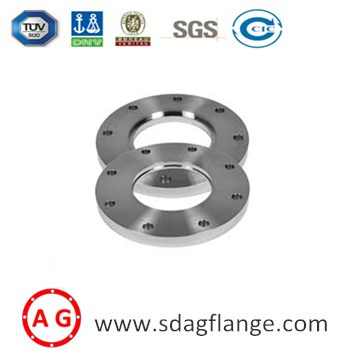Key points regarding AS 2129 flanges
2023-11-13
AS 2129 is an Australian standard that covers flanges for pipes, valves, and fittings in various applications. The full title of the standard is "Flanges for pipes, valves and fittings." AS 2129 provides specifications for a range of flange types used in different pressure and temperature conditions. Here are some key points regarding AS 2129 flanges:
1. Pressure Classes: AS 2129 uses a system of pressure classes to designate the pressure rating of flanges. Common pressure classes include Table D, Table E, Table F, Table H, Table J, and Table K, each corresponding to a specific pressure rating.
2. Flange Types: The standard covers various types of flanges, including:
- Welding Neck Flanges (WN)
- Slip-On Flanges (SO)
- Blind Flanges (BL)
- Plate Flanges (PL)
- Threaded Flanges (TH)
- Socket Weld Flanges (SW)
3. Materials: AS 2129 specifies the materials for the flanges, including carbon steel, stainless steel, and other materials suitable for the intended service conditions.
4. Dimensions: The standard provides detailed dimensions for the flanges, including outside diameter, bolt circle diameter, bolt hole diameter, thickness, and other relevant dimensions. These dimensions vary depending on the pressure class and flange type.
5. Facings: AS 2129 specifies different facing types for flanges, including flat face (FF), raised face (RF), and ring-type joint (RTJ). The facing type depends on the sealing requirements of the application.
6. Marking: Flanges manufactured in accordance with AS 2129 should be marked with information such as the pressure class, flange type, material specification, and other relevant details.
7. Testing: The standard outlines testing procedures to ensure the quality and performance of the flanges, including methods for dimensional inspection, visual inspection, and testing for mechanical properties.
AS 2129 flanges are commonly used in Australia and the surrounding regions. As with any standard, it's important to refer to the specific edition of the standard for detailed and up-to-date information, as standards may be revised over time.



